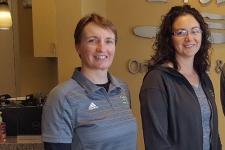After the Surgery – What Now? (Part 1)
Before your discharge you’ll be visited by physicians, physical therapists, occupational therapists, social workers (who assist in discharge planning) and, depending upon your specific needs, potentially some other allied health professionals as well.






